What does Market Entry Mean?
Market entry can take many forms, and often a company (e.g. FMCG Co.) will see its own brands present in a market (e.g. Market X), and then look at planning an official ‘Market ‘Entry’.
Let’s look at some scenarios where it may be appropriate to discuss the term ‘Market Entry’:
- FMCG Co. has never sold a brand in Market X, and now wants to set up commercial operations in Market X, either using direct, indirect, or a mix/hybrid distribution model, or
- FMCG Co. has seen its brands appear in Market X, potentially via wholesale or cross-border trade, and now the FMCG Co. wants to set up commercial operations in Market X, or
- FMCG Co. has previously appointed an importer or distributor in Market X, but now wants to set up its own commercial operations in Market X to establish and take more control, or
- It could be various combinations of the above.
To a large extent, it doesn’t really matter what the scenario is, there is a step-by-step process that any FMCG Co. should go through for successful Market Entry. We believe that this process has 13 Steps and we have split this process into 3 Key Stages:
- Stage 1: RtM Analysis & Strategy - Where & How to Play
- Stage 2: RtM Pre-Launch Set Up - Who to Play With
- Stage 3: RtM Execution - How to Win
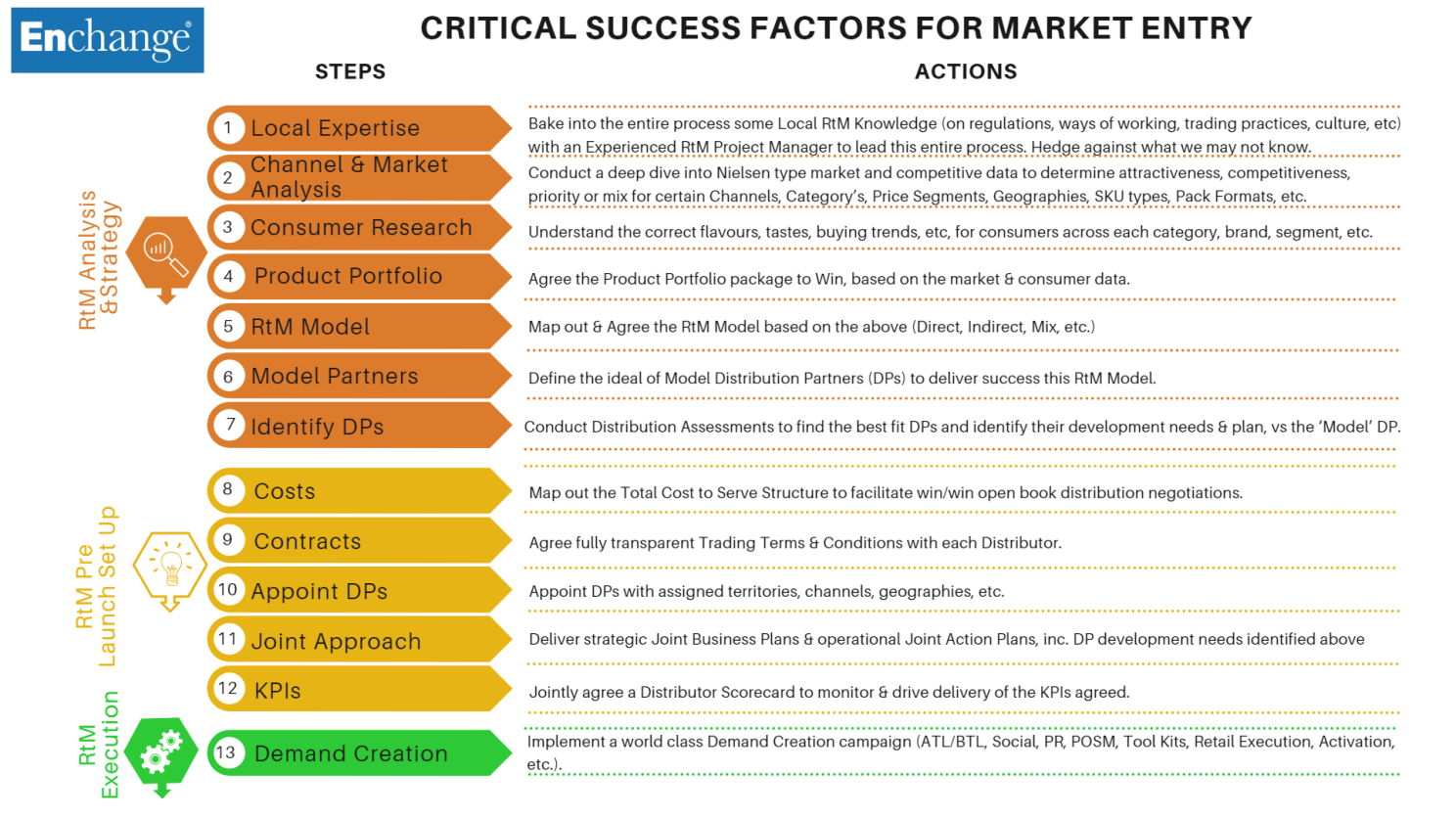
Stage 1: RtM Analysis & Strategy
This is a bit like the ‘homework’ stage. It can be boring, and most people don’t want to do it, but no one gets good results without good ‘homework’.
This stage is where we analyse and understand the market we are about to enter, and the consumers we will be targeting. We will then match the product portfolio, to the market and consumer environment.
Using all this analysis, we will then map out the potential ‘best fit’ RtM model, developing a ‘Model’ or ‘Ideal’ Distribution Partner (DP) in the process, and then assessing the options against this Model DP.
This is Stage 1, covering Steps 1 to 7 below:
1. Local Expertise – Bake into the entire process some Local RtM Knowledge (on regulations, ways of working, trading practices, culture, etc) with an Experienced RtM Project Manager to lead this entire process. Hedge against what we may not know.
2. Channel & Market Analysis - Conduct a deep dive into Nielsen-type market and competitive data to determine attractiveness, competitiveness, priority, or mix for certain Channels, Categories, Price Segments, Geographies, SKU types, Pack Formats, etc.
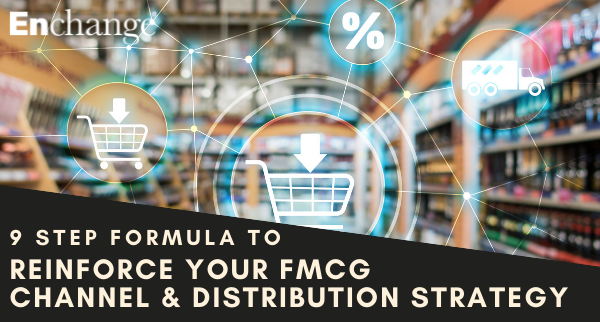
3. Consumer Research - Understand the correct flavours, taste preferences, buying patterns, trends, etc, for the target market consumer across each category, brand, segment, etc.
4. Product Portfolio - Agree on the Product Portfolio package to Win, based on the market and consumer data.
5. RtM Model - Map out the potential RtM Models for this scenario, and agree on the best fit RtM Model based on the above (Direct, Indirect, Mix/Hybrid, etc.)
6. Model Partners - Define the ideal Model DPs to deliver success in this RtM Model.
7. Identify DPs - Conduct Distribution Assessments to find the best fit DPs and identify their development needs and plan, vs the ‘Model’ DP.
That’s the end of Stage 1. We have now done the homework and identified and ranked the best-fit DPs, to give the highest likelihood of success in the target market. Now for Stage 2.
Stage 2: RtM Pre-Launch Set Up
At this point, we now have potential DP options, and we know who best suits our portfolio and goals, but we have no agreements, yet.
This stage is about mapping out the detailed Total Cost to Serve (TCTS), uncovering and agreeing on every element. Then agreeing on Trading Terms & Conditions (TT&C), appointing the best fit DPs, and building the joint plans to deliver on the shared KPIs. It is important to remember that during this Stage, potential DPs can fall out of the process if they don’t meet the requirements of each Step.
Stage 2 covers Steps 8 to 12:
8. Costs - Map out the Total Cost to Serve (TCTS) structure to facilitate win/win open book distribution negotiations.
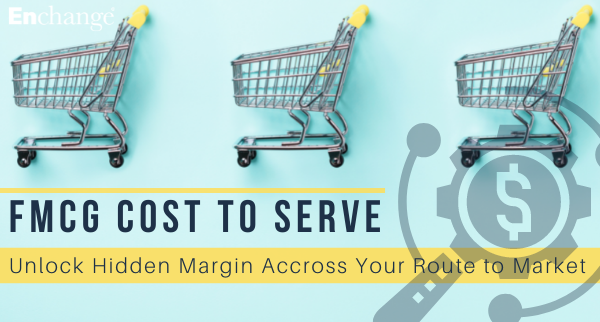
9. Contracts - Agree fully transparent Trading Terms & Conditions with each DP.
10. Appoint DPs – Appoint DPs with assigned territories, channels, geographies, etc.
11. Joint Approach - Deliver a strategic annual Joint Business Plan, and an operational monthly Joint Action Plan, covering all elements including the DP development needs identified in step 7 above.
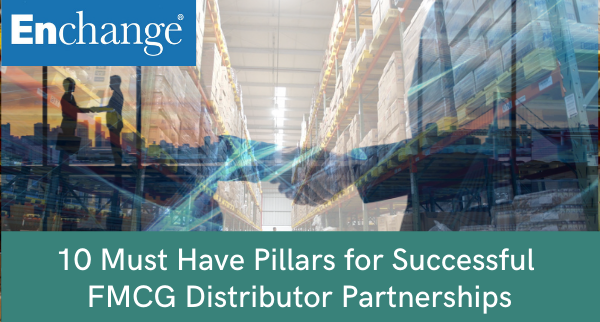
12. KPIs - Jointly agree on a Distributor Scorecard to monitor and drive delivery of the KPIs agreed upon.
That’s the end of Stage 2. We now have our DPs, with agreed TT&Cs, assigned territories, and the necessary agreed Joint Plans to deliver the KPIs. Now we need to make it happen, in Stage 3.
Stage 3: RtM Execution
This stage is all about world-class execution. It is about driving and supporting the DPs to deliver the best possible implementation.
Stage 3 covers the final Step 13:
13. Demand Creation - Implement a world-class Demand Creation campaign (ATL, BTL, Social, PR, POSM, Trade Tool Kits, Retail Execution, Activation, etc.).
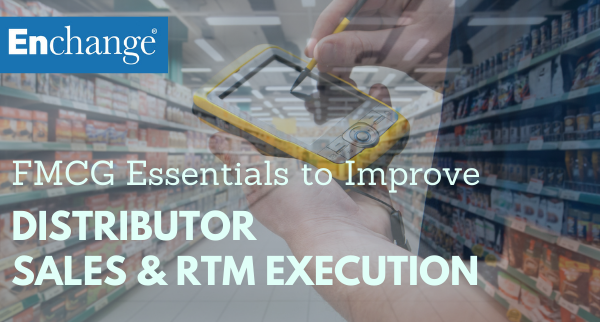
So that’s it. 3 simple Stages, with 13 essential Steps to Success.
No one can guarantee that if we complete all 13 steps we will become the market leader, but what we can say, with a very high level of confidence and experience, is that for every Step we skip or miss out, we are building barriers to entry and pitfalls to success.
What should you do now?
- If you need specific Route to Market help, please reach out to me here, or to Enchange here. We are Route to Market experts with 30+ years of experience. We deliver sales growth on a consultancy or interim management fee basis. We work globally, using our local experts.
-
If you want to discover more of our RtM advice and solutions, please click here.







